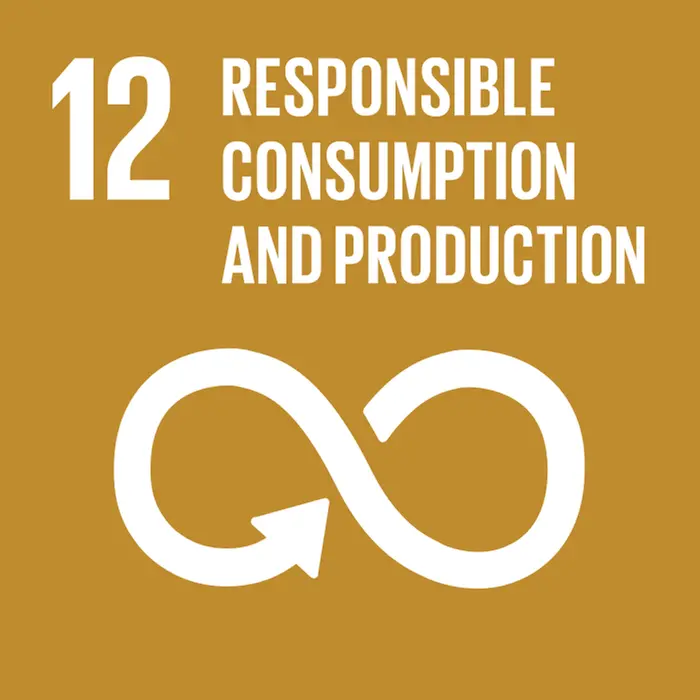
The Pacific oyster in Sweden – threat or opportunity?
The invasive Pacific oyster (Magallana gigas) established itself in Swedish waters 15 years ago; since then it has continued to spread along the west coast. At IVL we are developing models for the sustainable management of invasive Pacific oysters. The aim is to minimize the oyster's negative impacts, while taking advantage of the positive impacts of the species in a sustainable fashion.
What are the impacts of the Pacific oyster on the west coast?
The Pacific oyster can have both positive and negative effects on the environment and on society. It alters the ecosystem where it establishes itself, especially if this is in soft-bottom habitats, as it changes these to hard-bottom habitats.
The oysters create structures that can be used by other species when these search for food, protection and breeding grounds. This increases the biodiversity of the oyster bank, which is positive. Unfortunately the shells of these oysters are sharp, and people often hurt themselves when stepping on them. When the oysters become plentiful, they can form reefs, and because the oysters prefer to live in shallow sections, this can cause currents to change their course, and shallow straits to become blocked. Further, the oysters can encourage the establishment of other invasive species which rely on the oysters for habitat.
Advantages of the oysters are that they effectively filter the water. This can make it clearer, which is good for algae and eel grasses. When nutrients from the water are transported to the bottom, the risk of algal bloom is reduced. Also, the Pacific oysters is one of the world's most cultivated species for consumption, so the oysters found in our waters have a high economic value, and many businesses have begun to take advantage of this by harvesting and selling oysters from wild stocks.
Increased knowledge of the Pacific oyster – a basis for good decision-making
The aim of IVL's Pacific oyster project is to learn more about how the species affects our Swedish ecosystems and how we can reduce its negative impacts, while taking advantage of the benefits it offers. We also want to make this knowledge available to government agencies so they can make decisions that benefit both the environment and society.
How is IVL addressing the Pacific oyster issue?
In various projects, IVL is investigating how the oysters spread and what affects their distribution and survival. Also being studied are the ecological effects of the oysters, e.g. how the biodiversity in an oyster bank differs from that of a mussel bed, and what will happen to our blue mussels and native oysters when the Pacific oysters establish themselves in the same location. All of this work is being done in the form of inventories along the coast, as field experiments, as lab experiments or by synthesizing knowledge from other fields.
The information is discussed with county administrative boards and other government agencies in Sweden, in order to develop tools for managing the oysters. To increase the chances of actually doing something about the oysters, IVL is also collaborating with businesses to see which methods can be used to harvest the oysters, and what the oysters can be used for. Because oysters don't care about borders, IVL collaborates with research colleagues and government agencies in Norway and Denmark, to find a common approach to managing the oysters.
What have we learned about the invasive oyster?
The Pacific oyster has made varied progress in its invasion of the Swedish west coast: in some areas there are none at all, while elsewhere they have spread extensively. This means they must be managed in different ways in different parts of the coast. Because they can have both positive and negative impacts, action must be taken in certain areas, while in others the oysters can be left. For the species, we need a new, holistic approach, better suited to society's challenges, requirements and premises.
Skörd av vilda bestånd med ostron kan vara ett verktyg
One tool can be the harvesting wild stocks of oysters
Harvesting wild stocks of oysters can be a tool for reducing negative effects of the oysters in different areas. But choosing which areas to prioritize requires more knowledge, and we need to find techniques to easily collect large volumes without damaging the environment.
Some of the oysters that are harvested cannot go directly to consumers; they are too large, they grow in bunches, or are harvested outside the production areas, which means they are not guaranteed safe to eat. But there are many different products these items can be used for. We have created new products that consumers have tested and liked. To develop these, and other new products, it's important to continue working with the business sector.
IVL is building a tool that can be used as a step-by-step guide, with concrete tips for management methods.
IVL's work with the global goals
Read more about how our research contributes to sustainable development





